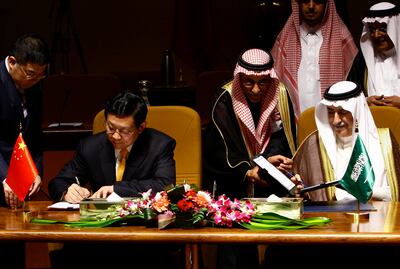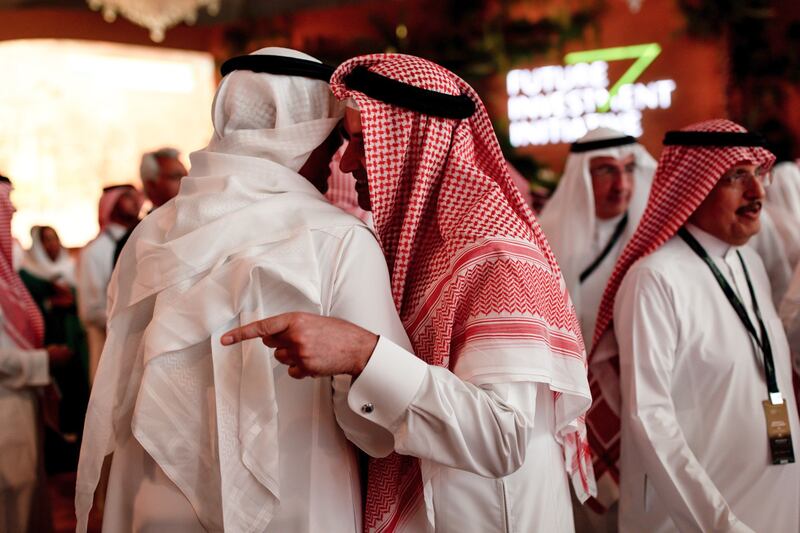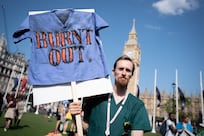As a clash of visions between key powers like the United States and China continues, energy and security infrastructure are consistently being leveraged as key elements in the new world generated by the war in Ukraine. According to the new National Defence Strategy (NDS) released by the Pentagon on Thursday, “Russia poses acute threats both to vital US national interests abroad and to the homeland” but “the most comprehensive and serious challenge to US national security is the People Republic of China’s coercive and increasingly aggressive endeavour to refashion the Indo-Pacific region and the international system to suit its interests and authoritarian preferences”.
Following the release, US Defence Secretary Lloyd Austin said that the key theme of the NDS is the need to sustain and strengthen US deterrence with China, which he said is “the only competitor out there with both the intent to reshape the international order, and increasingly the power to do so”. As for Russia, he said, despite being an “acute threat”, “it can't systemically challenge the United States over the long term”.
But what is remarkable is the growing role of middle power states like Australia, India and Saudi Arabia in the international system.
China has a vision lasting into the year 2050, and it takes into account the importance of establishing ties with regional players, in the framework of – yet beyond – the Belt and Road Initiative (BRI). Chinese President Xi Jinping, who just secured a third term, will visit Saudi Arabia soon, where he is expected to participate in three summits: a Chinese-Saudi summit, a Chinese-Gulf summit and a Chinese-Arab summit. Saudi Arabia’s Foreign Minister, Prince Faisal bin Farhan, has said that the kingdom was the top destination for Chinese BRI investment in the first three months of 2022.
Gulf relations with China do not at all reflect a pivot away from longstanding relations – particularly in the security sphere – with the US. Cementing the frameworks and institutions of US-Saudi relations is something that both Washington and Riyadh are working on, despite the apparent tension between the two countries over energy and OPEC+’s decision to cut oil production by 2 million barrels per day.

Indeed, Saudi Arabia is a regional player that can be an enabler of a new international system, something of extreme importance to the US as it sets out to lead that new system. From energy to security, Saudi Arabia is a contributor to be reckoned with.
During the Future Investment Initiative (FII) convened in Riyadh this week, senior leaders from US financial institutions were present, taking a positive role in the effort to move US-Saudi relations towards more solid foundations.
At the event, JPMorgan Chase chief executive Jamie Dimon said that the world is six months away from a recession, but that “the most important thing is the geopolitics around Russia and Ukraine, America and China”. This, he noted, “would be far more concerning than whether there’s a mild or slightly severe recession”. Regarding US-Saudi relations, he said: “Saudi Arabia and the US have been allies for 75 years. I can’t imagine any allies agreeing on everything and not having problems…They will work it through.”
Prominent Saudi speakers at the FII were keen not only to underscore the centrality of relations with the US and of expanding co-operation with other states like China, but also stressed Saudi Arabia’s determination to invest heavily in struggling Arab countries, especially since the prosperity of the Gulf means its countries are in a unique position in today’s world, hit by contraction, inflation and economic slowdown.
As Saudi Finance Minister Mohammed Al Jadaan said, the next few years will be good for the Gulf states and difficult for the wider Middle East region, and that therefore, Saudi Arabia must offer support for the region while the world “adapts”. The Saudi Public Investment Fund announced plans to invest $24 billion in five Arab countries to support their economies, including Bahrain, Oman, Jordan, Iraq and Sudan, while Egypt had received similar support recently.
What will happen in the Middle East in the medium-term future will depend in part on what Iran, the other large regional power, will do at home, in the region and in states where it intervenes through its partners, such as Hezbollah in Lebanon. Iran is preoccupied with its domestic problems, but it may yet be influenced by what is happening around it, including an effort regionally to detach public life from religious extremism. Some believe this could impact Iran’s future once Supreme Leader Ayatollah Ali Khamenei passes away, with the influence of the religious clerical elite receding. The threat here, however, is that this could allow the Islamic Revolutionary Guard Corps to rule Iran more overtly.
With hope of US sanctions being lifted fading away as a result of the clinical death of nuclear talks, the eruption of protests that have exposed the regime and allegations of Iran’s military involvement in Ukraine in support of Russia, Tehran may just continue stalling for time.
In the meantime, while many Arab states are seeking to establish normal relations with their Iranian neighbour, they are also working to protect themselves in the event of contingent threats. And one of the most important ways they are working to achieve this is to build up their states, enact reforms and ensure youth participation in building their future. Their thoughts are with their place in the evolving international order.





